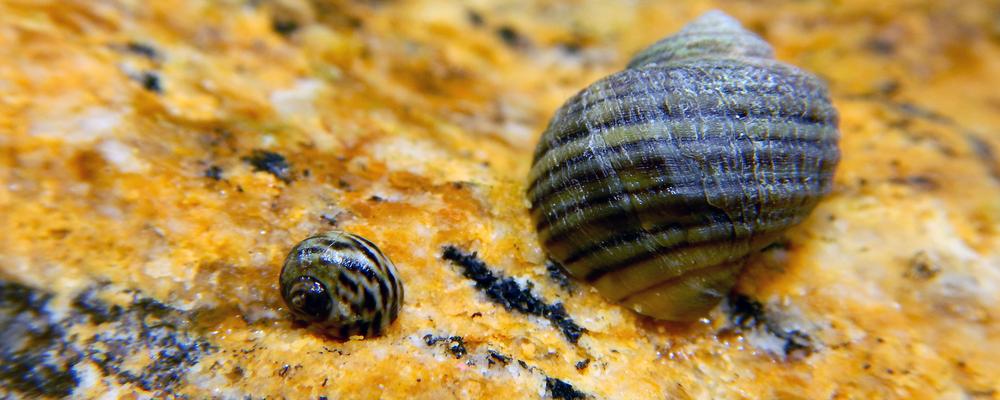
Marine Evolutionary Biology
Marine environments undergo continual change as a result of both natural and anthropogenic (human) factors. We use genetic data to map populations and stocks and to estimate the genetic exchange between different geographical areas. These are important tools in preserving threatened species, and they also help us understand the mechanisms resulting in the creation of new species.
Biological adaptation
The seas around Sweden are especially exciting in that they offer opportunities to study change both over relatively short periods of time (from the ice age up to the environmental changes taking place today) and on small spatial scales (such as changes in the salinity gradient from the North Sea to the Baltic).
In order to understand how biological adaptation works and how rapidly this can take place, we are studying populations of marine species which have adapted to the brackish waters of the Baltic and species adapted to different micro-environments, such as the tidal zone. Another area of study is adaptation to environments which have suffered anthropogenic damage, and our focus here is on phytoplankton, whose resting spores in the sediment can be “revived” from the time before the impact of man.
Theoretical evolution models
The adaptation of species is determined by not only natural selection but also random events, and theoretical evolution models help us formulate testable hypotheses. We are using modern genetic methods (“genomics”) which reflect changes taking place in the entire set of genetic information (the genome). We are developing new marine model systems where the sequencing of the entire genomes of species and the development of farming techniques are significant landmarks, as are the systematic studies of the traits of organisms (“phenomics”). Bioinformatics helps us to process the vast amounts of data generated through DNA sequencing, large-scale phenotyping and studies of the metabolic and enzymatic processes of species (“metabolomics” and “proteomics”).
Genetic mapping
We are primarily using genetic data to map populations and stocks and to estimate the genetic exchange between different geographical areas. These are important tools in preserving threatened species, and they also help us understand the mechanisms resulting in the creation of new species. As regards our marine model species, we have also been able to identify new genes which may have functions hitherto unknown to science and may be useful in new areas of application in marine biotechnology. This knowledge also opens up totally new opportunities for understanding the ecology and physiology of these species.